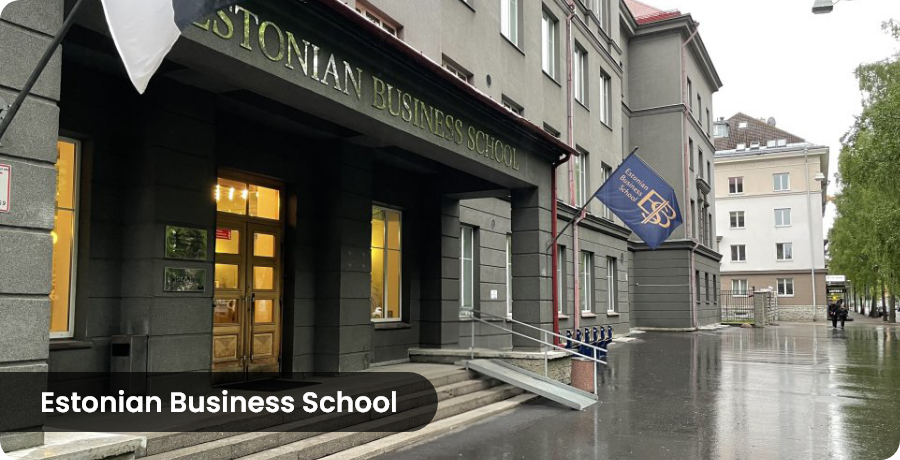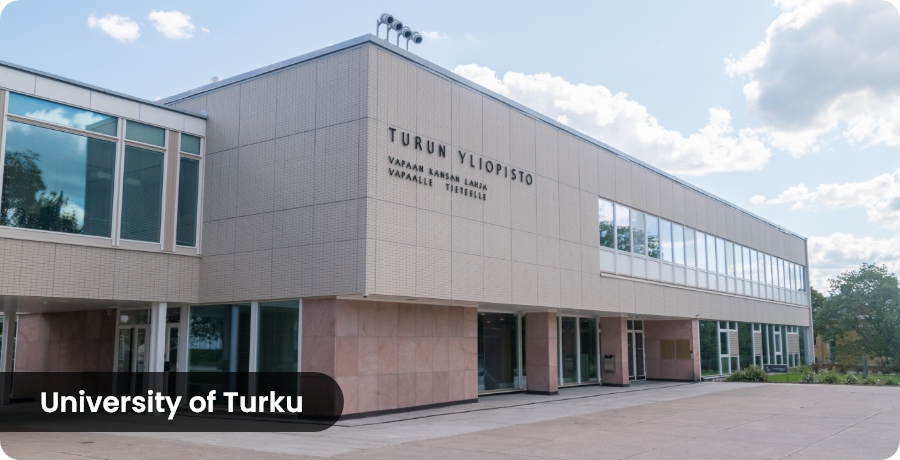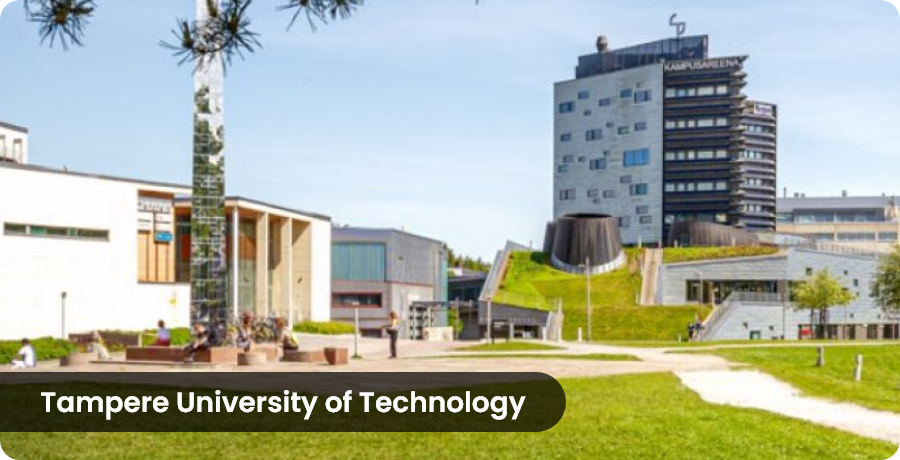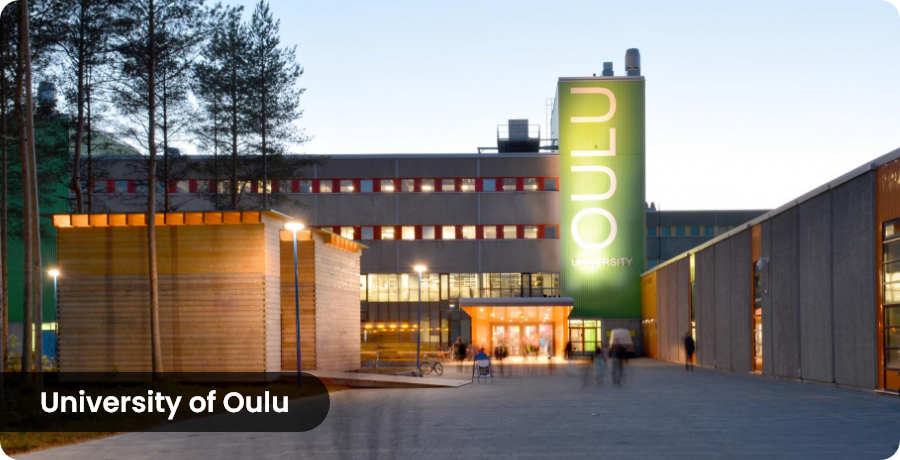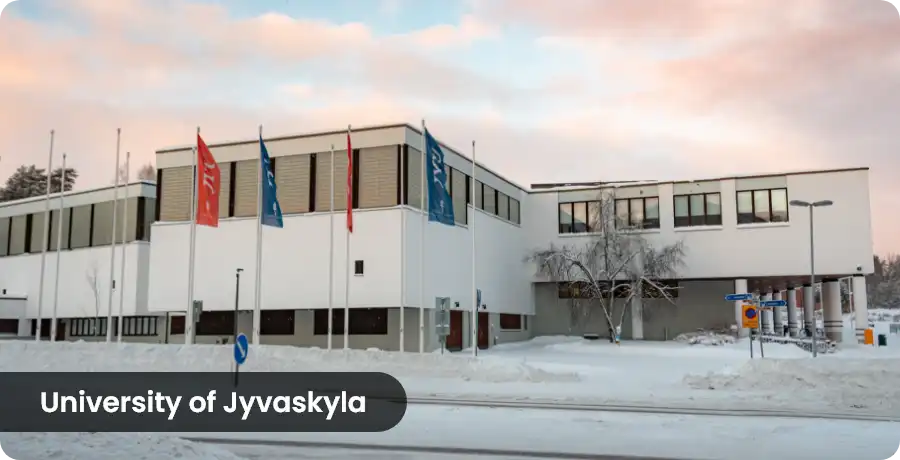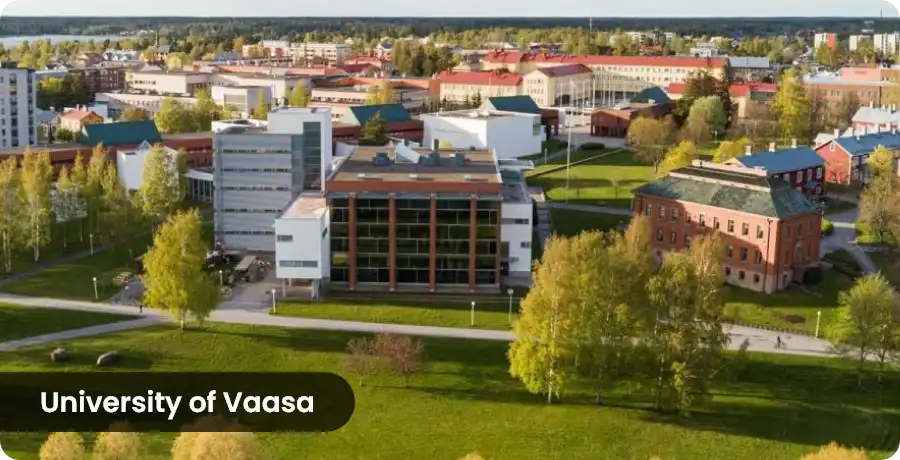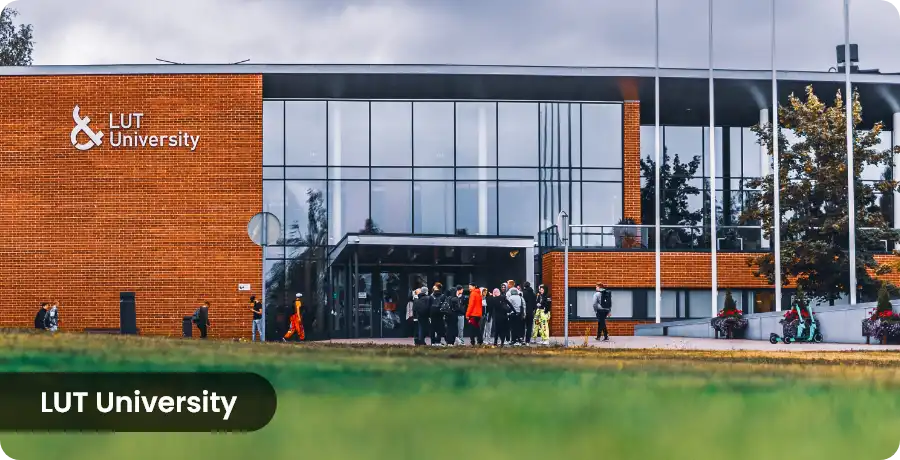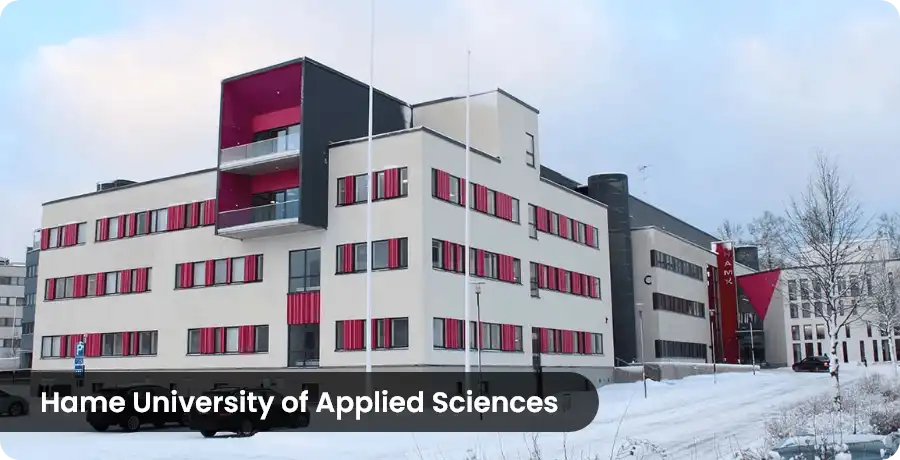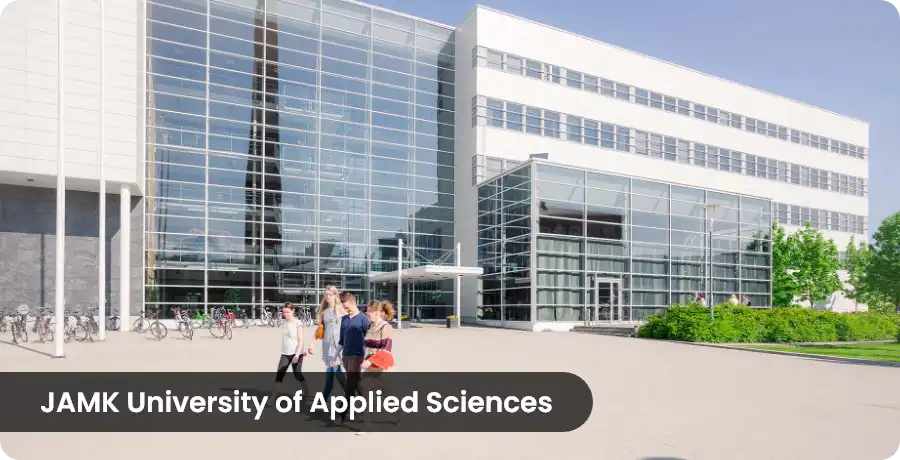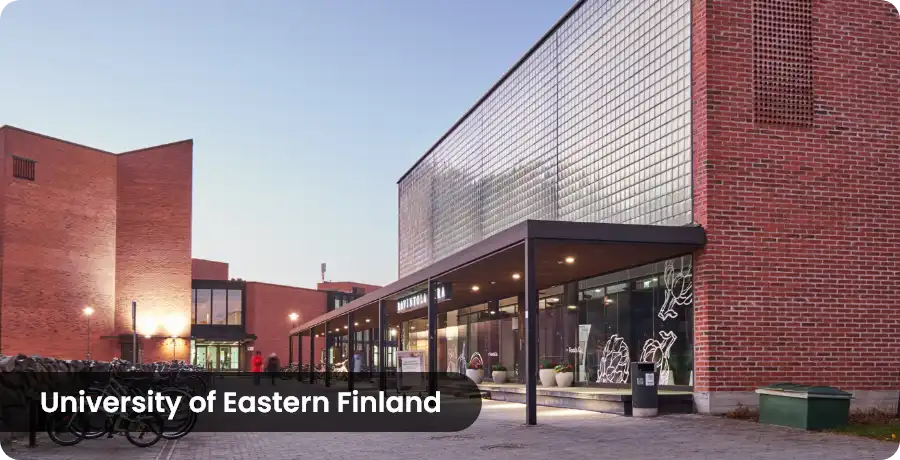Finland has the world’s leading Education system, offering more than 550 English-taught bachelor's and master's degree programs in 13 universities and 22 universities of applied sciences (UAS). The Finnish universities also offer English-taught doctoral degree options for Indian students. At present, about 20000 International students are studying in Finland. There are 1500 Indian students and 15000 Diasporas from India.
By 2030, Finland plans to increase the number of foreign students by 3 times and work-related immigration by 2 times. High–quality education, student-centric support, and academic freedom make Finland a perfect spot for Indian students to boost their learning. In this blog, let us explore the significant intakes to study abroad in Finland for Indian students.
Intakes and Seasons
There are two significant intakes for Indian students to study in Finland. The autumn and spring intake. In Finland, the autumn term starts in September and continues till the end of December, and the spring semester starts in January and lasts until the end of May.
The Autumn Intake/ September Intake
It is the primary intake for Indian students who want to study in Finland. Here, all the universities offer all the courses to the international students. Most students study in Finland through September as it gives them enough time to get conditioned to their studies and the environment.
Indian students can apply for September intake from August to October, but make sure to apply 1 month before the deadline after checking them for respective courses of preference. These deadlines generally vary from December to March, depending on the University.
Process
Admission Requirements
Specific admission requirements depend on the University. These include Academic qualifications, Language proficiency tests (such as IELTS or TOEFL), and Interviews or Entrance exams.
Notification of Admission
After the application period closes, Universities assess applications and notify successful candidates of their admission status. This notification often occurs in the spring or early summer.
Visa Permit
Indian students admitted to Finnish universities during the autumn intake need to start the process of obtaining a student visa and residence permit. It's important to begin this process well in advance of the academic year's commencement.
Orientation and Start of the Academic Year
Many universities in Finland organize orientation programs for incoming Indian students to help them acclimate to academic and cultural aspects. The academic year officially begins in late August or early September, with the commencement of classes and lectures.
Scholarships
Universities offer many scholarship opportunities in Finland primarily based on students' academic performance. Some are the Finnish Government Scholarship Pool for Doctoral Studies, the Erasmus Mundus Scholarship Programs, and the University of Helsinki Scholarship.
Benefits
- Alignment with Academic Year -The autumn intake permits students to begin their studies in late August or early September, coinciding with the start of the Finnish academic year. An easy transition into the academic setting is made possible by this synchronization.
- Access to a Wide Range of Programs - In Finland, the majority of bachelor's, master's, and doctoral programs have their main admissions period in the fall. A wide range of programs are available to students that cater to different academic interests and disciplines.
- Orientation and Integration -Many Finnish universities organize orientation programs for new international students at the start of the academic year. These programs help students to acclimate and integrate into Finnish society.
- Developing Networks -Starting in the autumn intake allows students to build connections and networks from the beginning of their studies, providing ample opportunities for socializing and forming relationships.
- Campus Activities -With a vibrant campus life, Students can participate in academic events, cultural programs, and extracurricular activities.
- Participation in Seasonal Events - Students arriving in the autumn have the opportunity to experience various seasonal events and festivals during the fall in Finland, enhancing the overall cultural experience.
- Part-Time Work Opportunities -International students are generally allowed to work part-time during their studies in Finland. Starting in the autumn allows students to explore part-time work opportunities from the beginning, helping them gain practical experience and supplement their living expenses.
The Spring Intake/ February Intake
This intake lasts in February, March, April, and May. In Finland, applications for the spring intake are accepted from January to March 2022.
The majority of students who were not admitted during the autumn intake are eligible to enroll in Finland during the spring intake. With this intake, there won't be a one-year wait for students to finish their coursework when they return.
The application deadlines usually come between May and June. This is subject to variations with different universities.
Benefits
- Flexible Entry Points – This is an additional entry point for students who might have missed the application deadlines for the autumn intake.
- Accelerated Admission Process – Faster admission process because of low competition compared to autumn uptake.
- Varied Programs Availability – This uptake is favorable for those who expect specific programs to specialize, as the admissions during autumn uptake are extensive.
- Lowered Living Cost – As the demand decreases post-autumn uptake, the expenses on living costs also get reduced.
The Summer Season
During this period, the already studying students can complete some specific course modules as this period is a “Vacation time” for the students. So, there is no separate summer season intake in Finland.
How can Finland be an ideal study destination for Indian students?
- When compared to other European nations and the United States, Finland offers an exceptional ecology for higher education at a relatively low cost.
- Promoting entrepreneurship is highly prioritized, and young people are urged to launch their businesses.
- Talent worldwide can find a home in the IT industry and other high-tech fields.
- There is a fast track for a residency visa and a tax credit for expert positions.
Conclusion
To study in Finland, it is essential to consider your individual preferences, academic goals, and specific course requirements when deciding on the intake that best suits you. Additionally, always check with the specific institution and program for the most accurate and up-to-date information on intakes and admission processes.


